In this article, we want to tell you about the history of ballet pointe shoes. These shoes are the symbol of ballet today. But they did not always exist. At first, ballet dancers performed on ballroom floors. What is more, the dancers danced in heels. On the other hand, women didn’t have much presence. In those days, men dressed as women performed in female roles. Female dancers appeared on a stage for the first time just at the end of the 17th century.
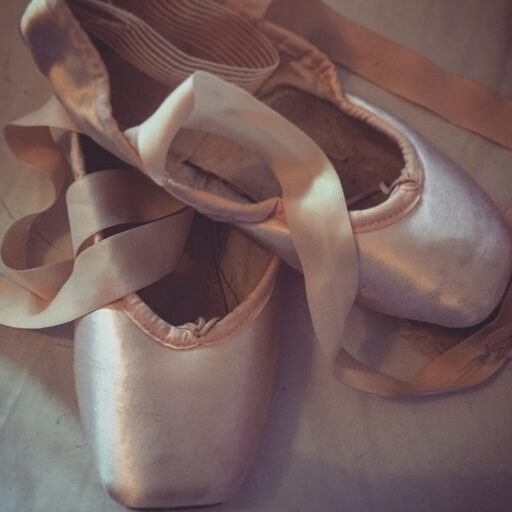
Table of Contents
Who was the first ballerina to dance on a boxed slipper?
Marie Anne de Cupis de Camargo was a French dancer. This ballerina was also known as La Camargo. She debuted at the Paris Opera Ballet in 1726. And she was the first to wear slippers instead of heeled shoes.
Also, La Camargo was the first woman to execute the Entrechat quatre. Of course, that change allowed dancers to perform jumps. Besides, figures that had been impossible and unimaginable until then, expanded the female dancers’ technique. From then on, flat footwear became the standard. But pointe shoes would appear years later.

Charles Didelot’s flying machine

The first antecedent occurred in 1796. The dancers stood on the tips of their feet being supported by wires. The French dancer and choreographer Charles Didelot invented the flying machine. It created the illusion of weightlessness. Dancers standing on their toes dazzled the audiences who watched them. This positive audience feedback inspires choreographers to look for ways to get dancers to perform on the very tip of their toes.
Recommended for You:
Who was the first dancer in history to wear ballet pointe shoes?
“La Sylphide” was the first romantic ballet. The Italian dancer Maria Taglioni performed it for the first time at the Paris Opera in 1832. She was the first to dance a ballet entirely on her toes. History of ballet pointe shoes says that she contributed to their improvement. Also, her father, Filippo Taglioni, created the choreography. He used pointe shoes to enhance the lightness. That gave a supernatural air to the character played by her daughter.
These shoes were still very far from the current models. Maria Taglioni simply took some slippers and reinforced the toe a bit so that they could support her weight.
Ballet pointe was definitely the most famous innovation in romantic ballet. With these shoes, the dancer became more immaterial, ethereal and unattainable.
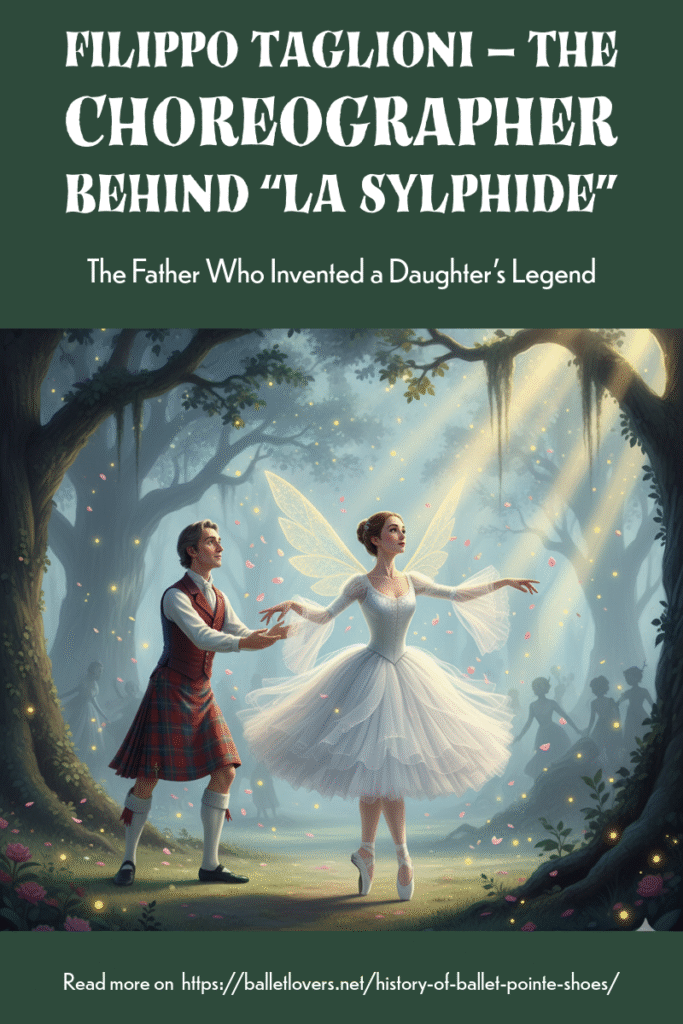

The technical and virtuous feminine innovations began. Ballet in pointes allowed a complete work of the “pas de deux”, in which everything (including the male dancer) revolved around the female dancers.
So, the female ballet technique became more and more complex. In 1892, the Italian ballerina Pierina Legnani was the first to perform 32 fouettés on pointe, in the coda of the ballet Cinderella. A couple of years later, a sequence of 32 fouetté was choreographed into the Black Swan of ‘Swan Lake’. And it is still used today.
Who invented the modern pointe shoe?
The virtuosity of Italian dancers delighted Russians. This is why they invited Enrico Cecchetti to teach them the Italian technique. On the other hand, Russians started to use ballet pointes, too. Did you know that the first ballet pointe makers were Italians? Well, one of these first shoemakers was the Italian Salvatore Capezio.
This Italian cobbler migrated to the United States when he was very young, in 1887. Then, he opened a small shoe repair shop very close to New York’s old Metropolitan Opera House. Very soon after, he became a shoemaker when he made an emergency pair of shoes for Polish opera star, Jean de Reszke. From then on, the Metropolitan Opera house designated him as the official shoemaker.

This Italian cobbler migrated to the United States when he was very young, in 1887. Then, he opened a small shoe repair shop very close to New York’s old Metropolitan Opera House.
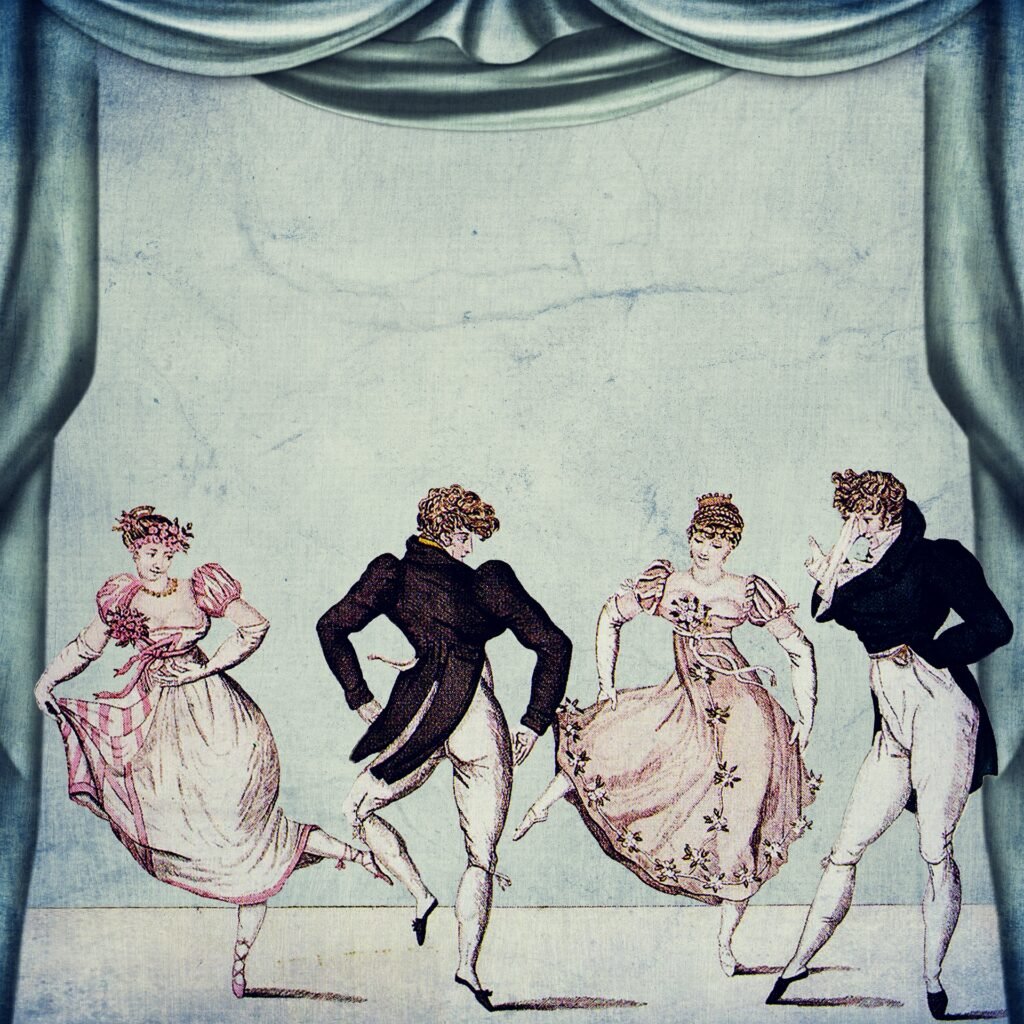
Very soon after, he became a shoemaker when he made an emergency pair of shoes for Polish opera star, Jean de Reszke. From then on, the Metropolitan Opera house designated him as the official shoemaker.
Like ballet, slippers also evolved, to become what we know today. Thanks to his business, Capezio was in constant contact with professional dancers. So, he was able to know what their needs were. Also, he was adapting the ballet pointes based on that.
History of ballet pointe shoes in the 20th century
But Salvatore Capezio and his shop achieved great fame in 1910. This year, the worldwide celebrated ballerina Anna Pavlova toured the United States. This Russian dancer had high and gorgeous insteps. And she found that it was also necessary to reinforce the sole of the shoe to be able to hold her body pointed.
Then, Pavlova met Salvatore Capezio and had him make shoes for her and her whole company. A couple of years later, Pavlova sent a letter to Salvatore Capezio. In that letter, she expressed that Capezio shoes were “indeed the best I ever had”.
From this moment, the ballet pointe technique begins to develop. That would change ballet forever. That made it possible to create more and more complex steps and choreographies. You could consider pointe shoes as an extension of the foot.
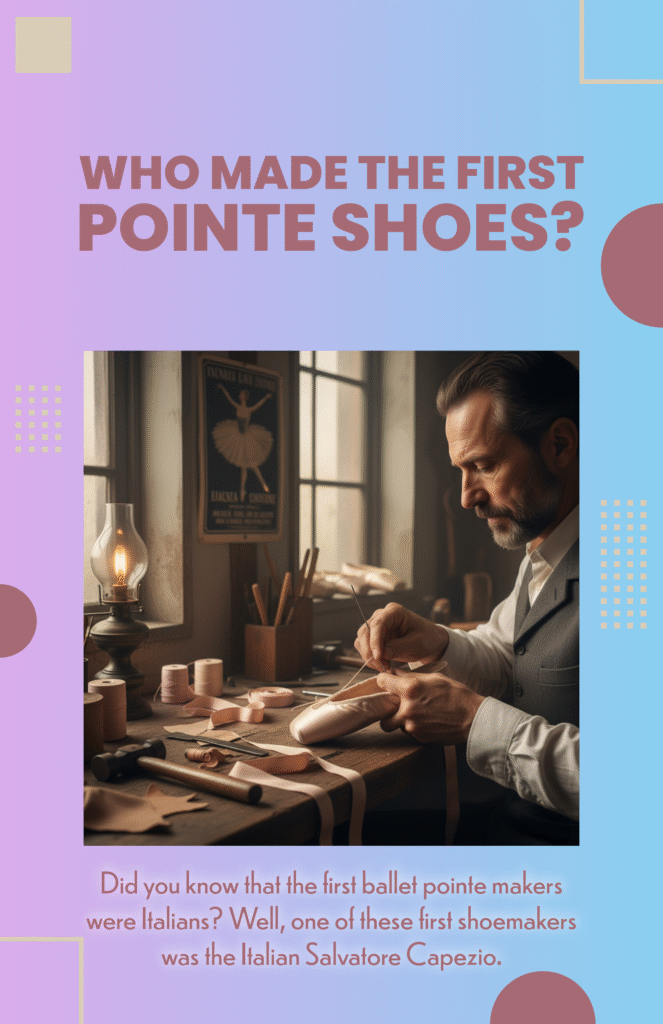
That creates the feeling that the dancer has the supernatural ability to “fly” over the floor, touching it only with the tip of her feet. To achieve that illusion, the shoes must fit perfectly.
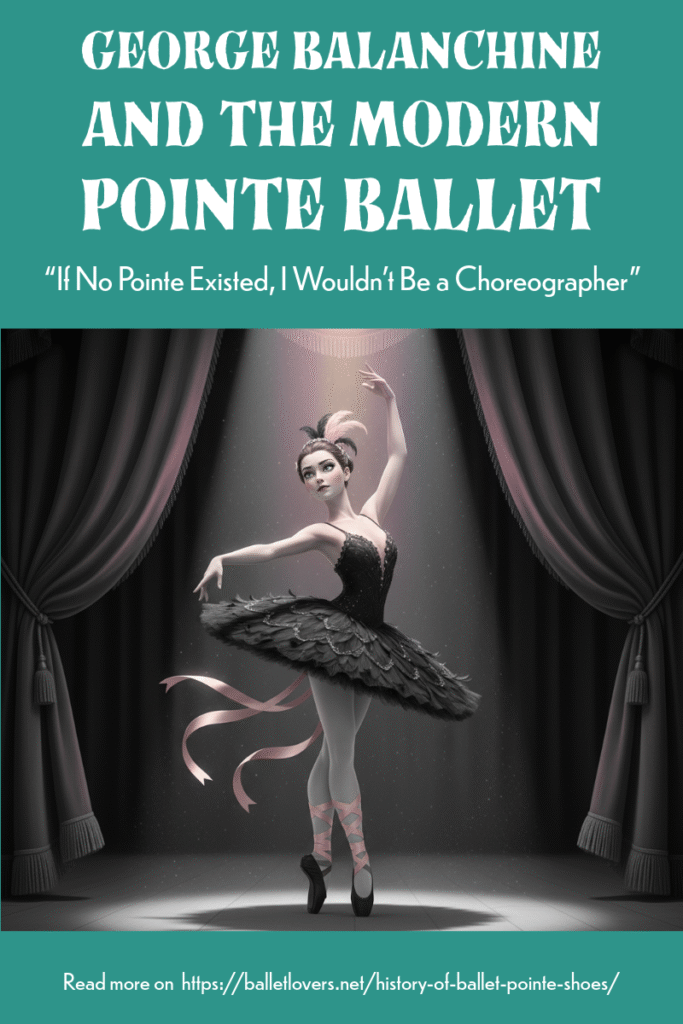
Such was the impact of ballet pointes that Balanchine said, “if no pointe existed, I wouldn’t be a choreographer”. So, he brought pointe dancing onto the stage. And the audience saw ballerinas performing relevés and on pointe for the first time.
During the 20th century, the history of ballet pointe shoes kept on evolving as new shoemakers appeared. For example, the British Freed in 1928, the Australian Bloch in 1932 and the Russian Grishko in 1988. The shoes were always adapting to the needs of dancers. This is why there is a wide range of pointe shoe designs, in a variety of styles and shapes.
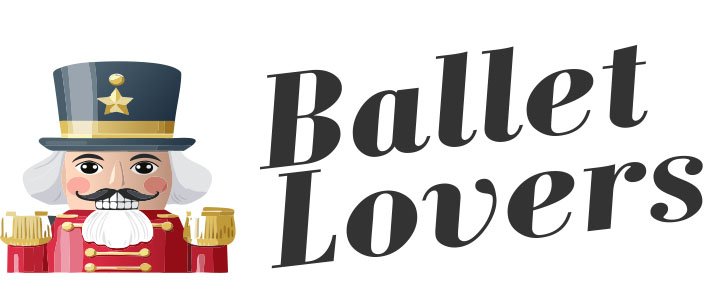
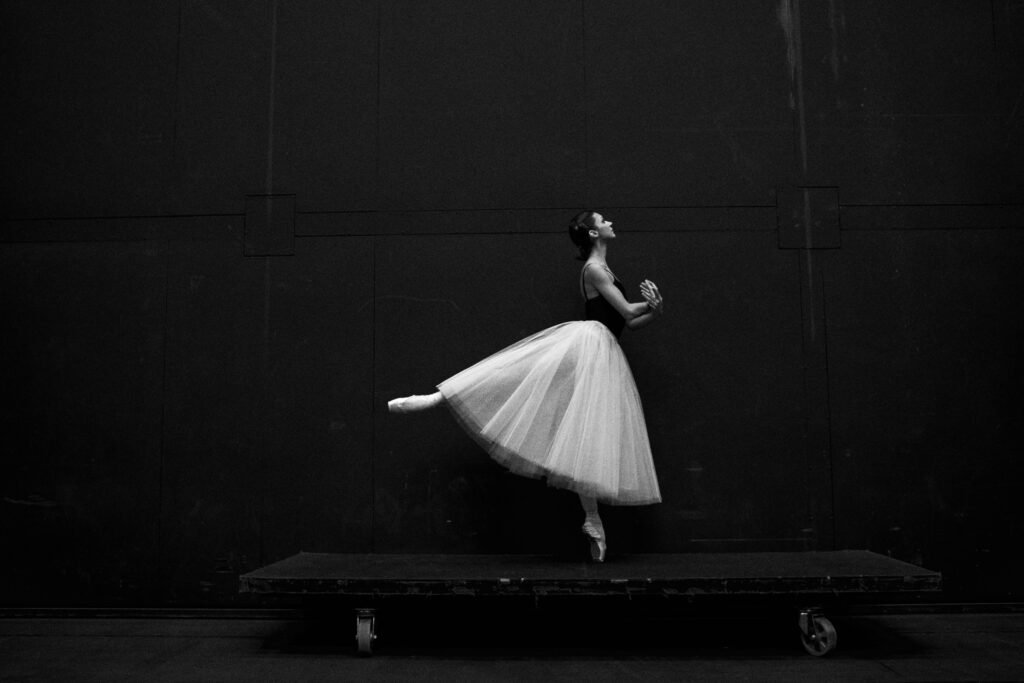


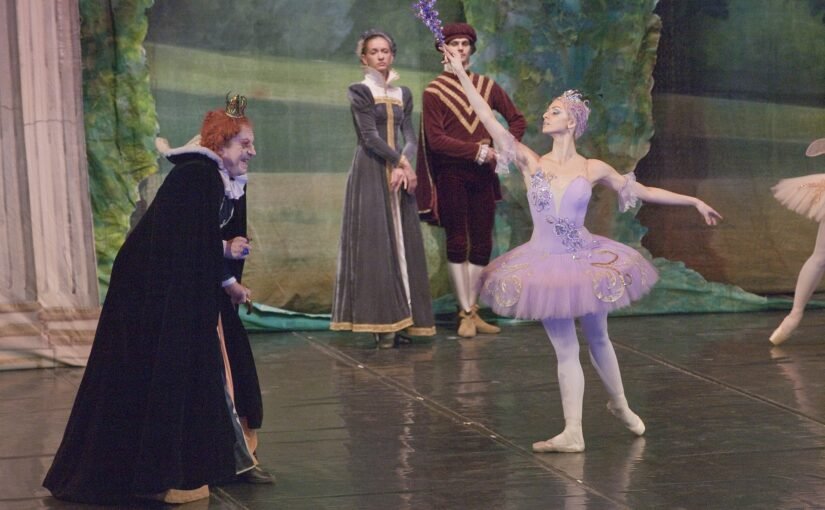
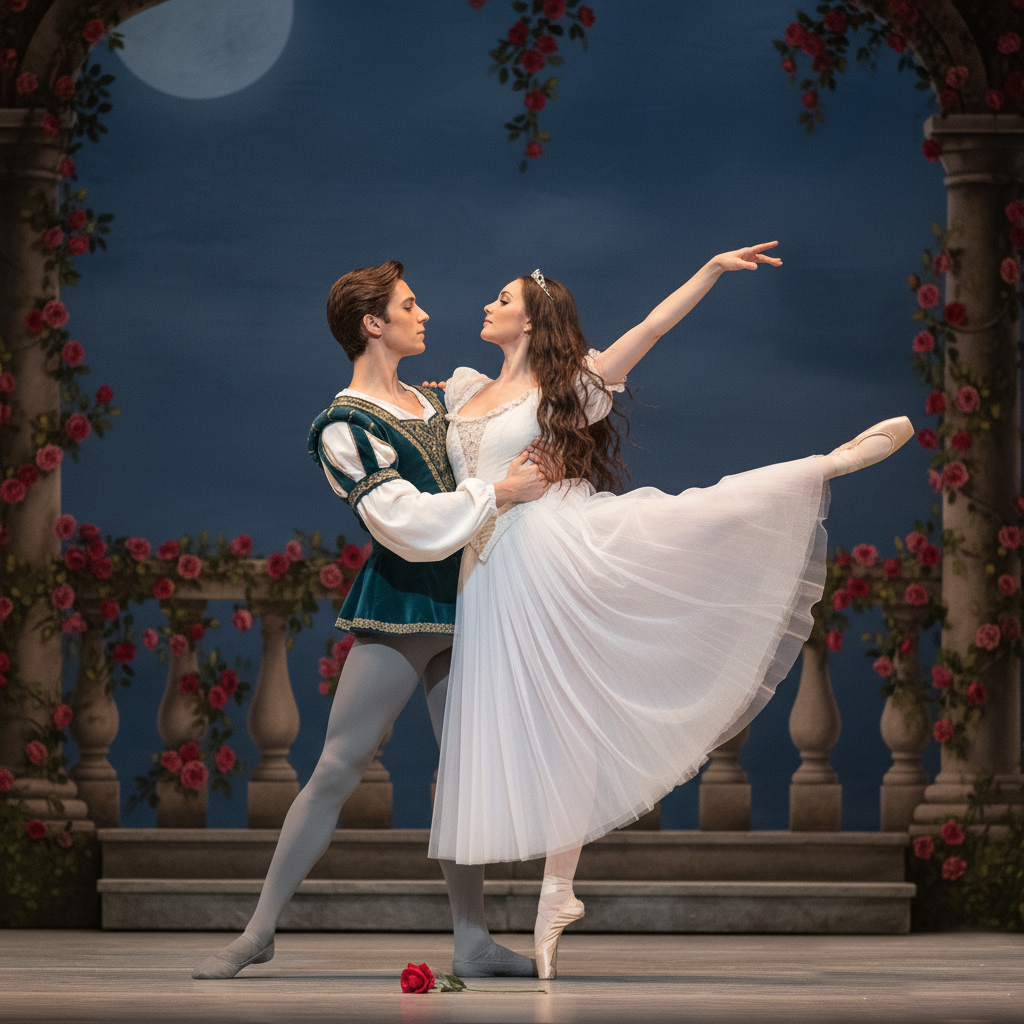
Leave a Reply